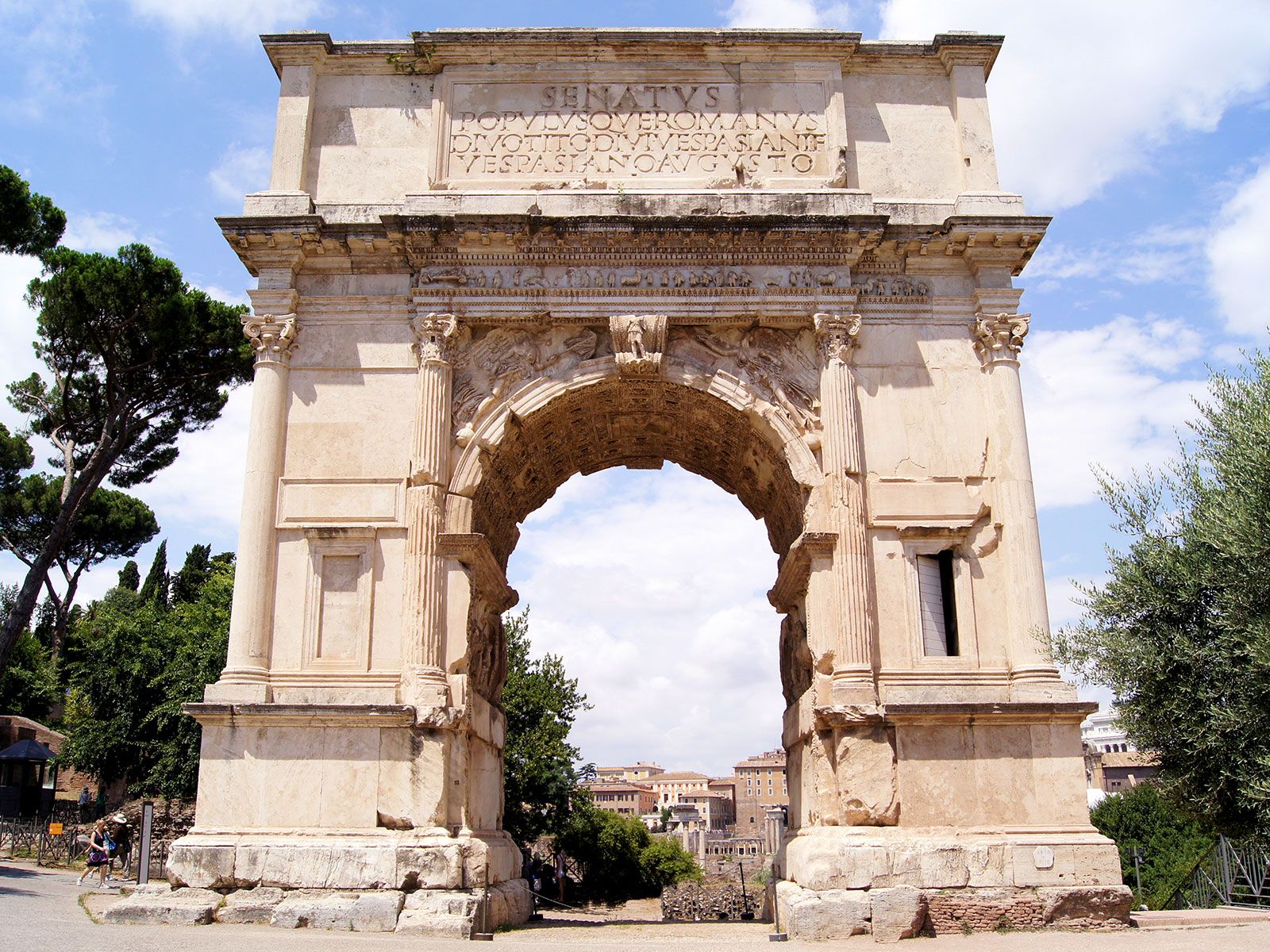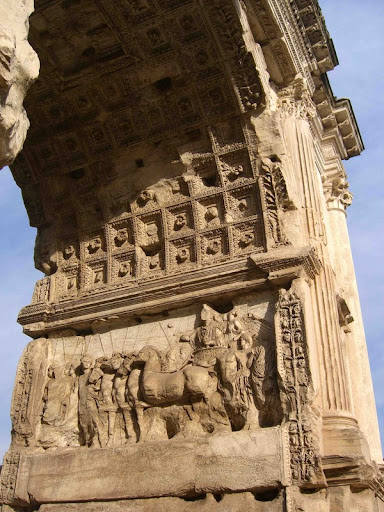Introduction
The Arch of Titus, a magnificent structure located in Rome, was erected in 81 AD following the death of Emperor Titus. This monumental arch stands as a testament to the military conquests of the Roman Empire, particularly the Siege of Jerusalem in 70 AD. Its rich history and architectural beauty make it a significant landmark that continues to captivate historians and tourists alike.

Historical Background
The arch was commissioned by Emperor Domitian, Titus’s brother, to honor the military achievements of Titus, who was celebrated for his successful campaign against the Jewish revolt. The Siege of Jerusalem marked a turning point in Jewish history, leading to the destruction of the Second Temple and the subsequent scattering of the Jewish people. The arch not only commemorates this military victory but also reflects the broader context of Roman imperial power and propaganda.

Architectural Features
The Arch of Titus is designed in the classical Roman style, featuring a single archway that rises majestically above the Via Sacra. The structure is adorned with intricate reliefs, most notably on the side facing the Colosseum.
- Reliefs and Decorations: The reliefs depict scenes of triumph, including Titus in a chariot, flanked by the personification of Victory. This imagery underscores the significance of the victory and reinforces the divine approval of the emperor’s accomplishments.
- Materials and Construction: Constructed from travertine stone, the arch showcases the durability and architectural prowess of Roman engineering. The engaged columns that frame the archway are decorated with Corinthian capitals, adding to the grandeur of the structure.

Symbolism and Significance
The Arch of Titus serves multiple symbolic functions:
- Imperial Authority: It stands as a monument to the authority of the emperor and the might of the Roman military. The arch conveys the message that Rome, under its emperors, was invincible and divinely favored.
- Cultural Memory: For the Jewish people, the arch represents a painful chapter in their history, marking the destruction of their sacred temple. This duality of celebration and sorrow is a poignant reminder of the complexities of conquest and cultural memory.

Conclusion
The Arch of Titus remains an enduring symbol of Rome’s military strength and architectural excellence. As a historical monument, it provides valuable insights into the Roman Empire’s complex relationship with conquest, memory, and cultural identity. The arch not only commemorates a significant military victory but also serves as a reminder of the profound impacts of imperial actions on both victors and the vanquished.

